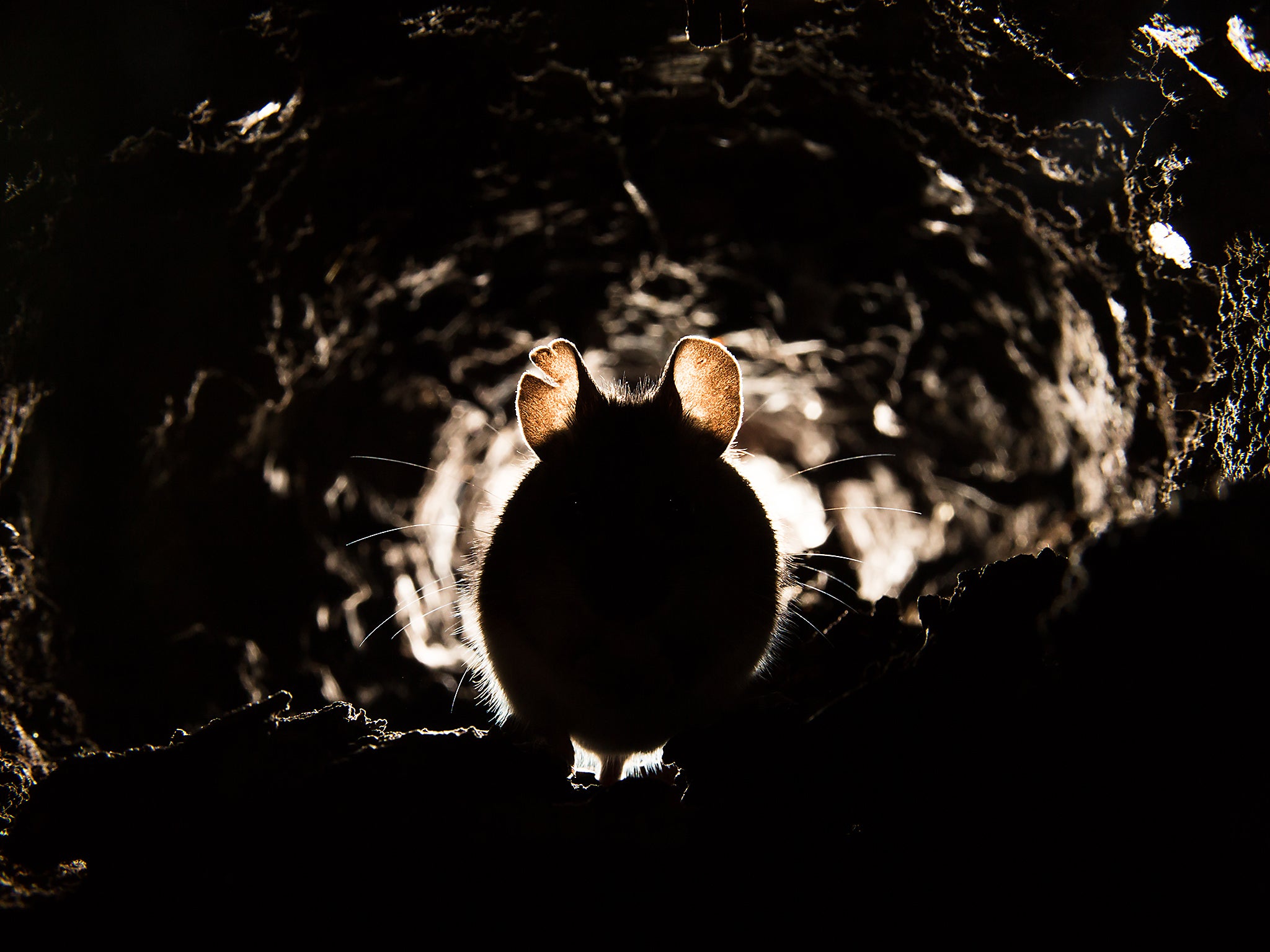Mice can be turned into Walking Dead-style zombie killers, scientists discover
Researchers use a laser to activate brain cells that prompt the mouse to hunt and kill anything in its path – crickets, bottle tops, sticks ...

Your support helps us to tell the story
From reproductive rights to climate change to Big Tech, The Independent is on the ground when the story is developing. Whether it's investigating the financials of Elon Musk's pro-Trump PAC or producing our latest documentary, 'The A Word', which shines a light on the American women fighting for reproductive rights, we know how important it is to parse out the facts from the messaging.
At such a critical moment in US history, we need reporters on the ground. Your donation allows us to keep sending journalists to speak to both sides of the story.
The Independent is trusted by Americans across the entire political spectrum. And unlike many other quality news outlets, we choose not to lock Americans out of our reporting and analysis with paywalls. We believe quality journalism should be available to everyone, paid for by those who can afford it.
Your support makes all the difference.Mice were turned into Walking Dead-style zombie killers by turning on a light that activated specific brain cells associated with hunting, scientists have revealed.
The researchers found that firing one set of neurons prompted the mouse to pursue its prey, while doing the same to another set caused the animal to bite and kill its target.
The effect was so strong that the otherwise perfectly ordinary creature would attack anything nearby, such as sticks or bottle caps, as well as more normal prey like crickets.
The scientists, from Yale University in the US and other institutions in China and Brazil, managed to turn them into killing machines using a technique called optogenetics. This allowed them to activate specific brain cells using a laser.
So one minute the mice would be behaving normally, but as soon as the laser was turned on they would aggressively attack whatever was around them.
A statement about the study issued by the journal Cell said: “The mice take on qualities of ‘walkers’ from [TV series] The Walking Dead, pursuing and biting almost anything in their path.”
However the effect was stronger in mice that were hungry, and they also did not attack other mice in the cage.
Professor Ivan de Araujo, of Yale University School of Medicine, who took part in the research, said the comparison to The Walking Dead was only fair to a degree.
“The system is not just generalised aggression. It seems to be related to the animal’s interest in obtaining food,” he said.
However, the effect was so powerful that the mice would attack inedible objects.
The paper in Cell explained: “When a non-edible item was placed in the cage, laser activation caused the otherwise indifferent mice to immediately assume a ‘capture-like’ body posture and seize the object, which was then held with the forepaws and bitten.
“Behaviour was interrupted immediately upon laser deactivation. Consistently, by employing the cricket-hunting paradigm optogenetic activation… shortened the time needed for mice to capture and subdue their prey. Captured crickets were immediately eaten.”
It said the mice were never seen to attack inanimate objects unless the laser was used.
While hunting is a highly complex task, some of the associated behaviour is common among jawed vertebrates, including humans.
“It is a major evolutionarily player in shaping the brain,” said Professor de Araujo. “There must be some primordial subcortical pathway that connects sensory input to the movement of the jaw and the biting.”
The research was carried out as part of the scientists’ attempts to understand how mice feed themselves.
They had been studying mice that were living and eating in cages.
“They have nothing else to do other than eat the pellets we throw in the cage,” Professor de Araujo said. “I began to wonder how natural and relevant this behaviour is.
“We needed to truly understand how an animal pursues food in a natural environment.”
They are now investigating what triggers predatory behaviour naturally – rather than a laser designed to make brain cells fire artificially – and how the pursuit and the kill are co-ordinated.
“We now have a grip on their anatomical identities, so we hope we can manipulate them even more precisely in the future,” Professor de Araujo added.
Join our commenting forum
Join thought-provoking conversations, follow other Independent readers and see their replies
Comments